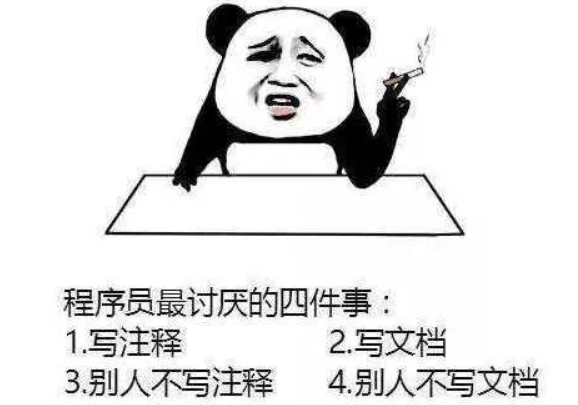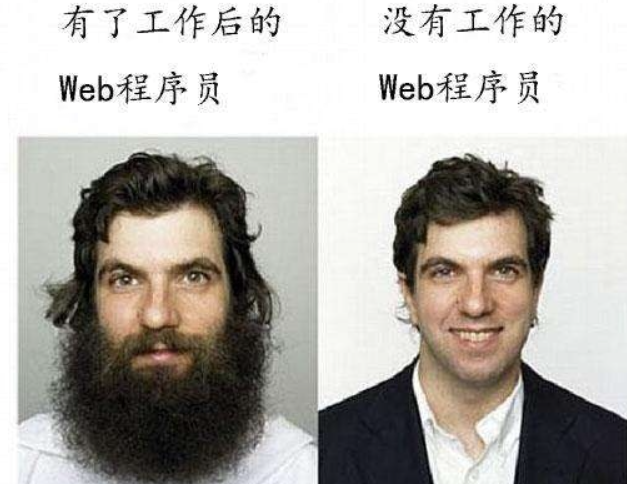在Qt中,可以使用QImage类来处理图像。下面是一个示例代码,演示如何将路径下的图片转换为QImage对象:
#include <QImage>
#include <QString>
QImage loadImage(const QString& path) {
QImage image(path);
if (image.isNull()) {
qDebug() << "无法加载图片文件:" << path;
}
return image;
}
// 将QImage转换为自定义的图像结构ImageStruct
struct ImageStruct {
int width;
int height;
QVector<QRgb> pixelData;
};
ImageStruct convertToImageStruct(const QImage& image) {
ImageStruct imageStruct;
imageStruct.width = image.width();
imageStruct.height = image.height();
// 获取像素数据
const uchar* imageData = image.constBits();
for (int y = 0; y < image.height(); ++y) {
for (int x = 0; x < image.width(); ++x) {
QRgb pixelValue = qRgb(imageData[4 * (y * image.width() + x)],
imageData[4 * (y * image.width() + x) + 1],
imageData[4 * (y * image.width() + x) + 2]);
// 添加到像素数据列表中
imageStruct.pixelData.append(pixelValue);
}
}
return imageStruct;
}
// 示例用法:
QString imagePath = "path/to/image.jpg";
QImage loadedImage = loadImage(imagePath);
if (!loadedImage.isNull()) {
ImageStruct imageStruct = convertToImageStruct(loadedImage);
// 使用imageStruct进行后续操作
}
在上述代码中,loadImage() 函数使用QImage类加载图片文件,并返回一个QImage对象。convertToImageStruct() 函数将 QImage 对象转换为自定义的图像结构 ImageStruct,其中包含图像的宽度、高度以及像素数据列表。
请根据你的具体需求对示例代码进行修改和扩展。这只是一个简单的示例,如果需要更复杂的图像处理操作,可能需要使用更多Qt提供的功能和方法。
内容由零声教学AI助手提供,问题来源于学员提问










![/data # iw --debug dev wlan0 connect -w "lucky-5g" auth open key 0:1234567890
Usage: iw [options] dev connect [-w] [] [] [auth open|shared] [key 0:abcde d:1:6162636465] [mfp:req/opt/no]
Join the network with ...](https://linuxcpp.0voice.com/zb_users/upload/2023/05/202305162239148267954.png)
![驱动代码
void kalRxTaskletSchedule(struct GLUE_INFO *pr)
{
static unsigned int num = 0;
tasklet_hi_schedule(&pr->rRxTask[(num++)%NR_CPUS]);
// tasklet_hi_schedule(&pr->rRxTask);
DBGLOG(HAL, ERROR,](https://linuxcpp.0voice.com/zb_users/upload/2023/05/202305162226144313964.png)







